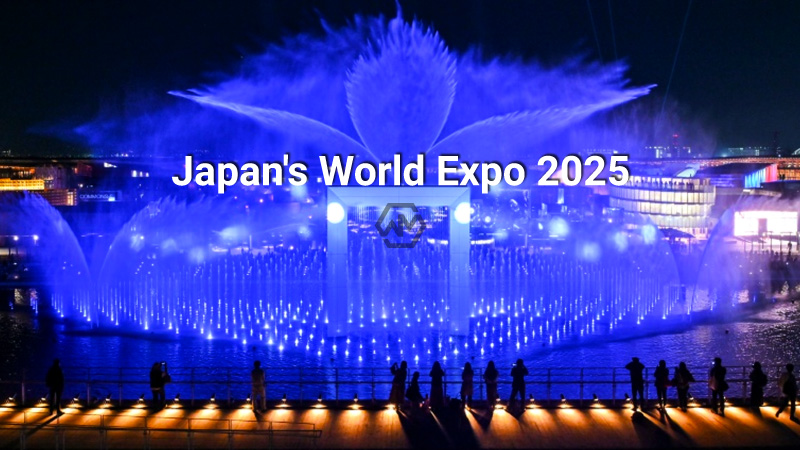- Expo 2025 showcases futuristic tech and quirky exhibits, from stem-cell hearts to algae-themed Hello Kitty statues.
- The event promotes unity amid global conflicts, with symbolic architecture like the wooden “Grand Ring.”
- Tepid local interest and slow ticket sales highlight disconnect between grand vision and current public sentiment.
Expo 2025 in Osaka is a bold attempt by Japan to revive the spirit of innovation and international cooperation in an increasingly fragmented world.
Yet, the Expo faces a tough road in igniting excitement, especially domestically. With only 8.7 million advance tickets sold versus the 14 million target, and soaring travel costs due to Japan’s tourism boom, many locals remain unenthused.
Osaka’s Futuristic Expo Struggles to Spark Local Excitement
World Expos have long served as showcases for human creativity and international collaboration, and Japan’s latest edition seeks to carry on that tradition. Expo 2025 puts forward a compelling mix of innovation and imagination — from cutting-edge AI and space simulations to bioengineered heart models. The quirky inclusion of algae-themed Hello Kitty statues underscores Japan’s flair for blending tech with culture.
However, global unity — the Expo’s key theme — feels aspirational in the face of ongoing wars and political divides. While Israel and Palestine both have pavilions, Russia has abstained entirely, and Ukraine’s display includes a bold sign reading “Not for sale.” Meanwhile, the U.S. exhibit avoids political messaging altogether, focusing on landscapes and simulated rocket launches.
Despite these grand intentions, Japan faces public indifference. Compared to the buzz surrounding Expo 1970, today’s event seems to lack viral appeal, especially among younger audiences battling inflation and digital fatigue. A major factor may be the shortage of share-worthy content on social media, something organizers hope will improve over time.
Adding to the critique is the event’s temporary nature. While pavilions highlight sustainability, most of the site will be torn down after the Expo ends, making way for commercial development. Only a fraction of the striking wooden “Grand Ring” will be reused — a move that contradicts the green messaging many pavilions promote.
Expo 2025 offers a surreal and ambitious vision of tomorrow, but its success may ultimately depend on whether it can resonate with a world grappling with uncertainty and distraction.
“In the midst of chaos, there is also opportunity.” — Sun Tzu



